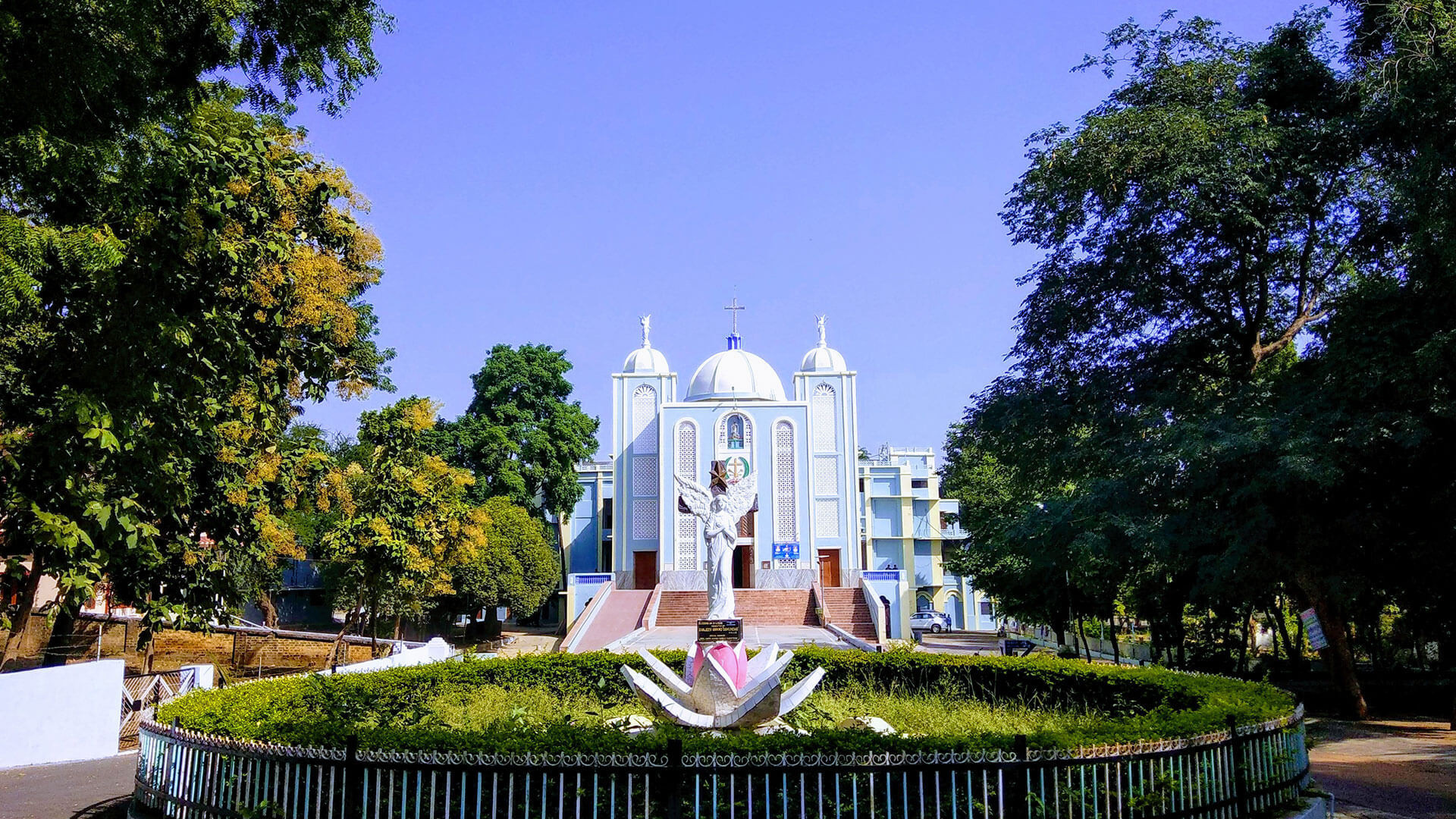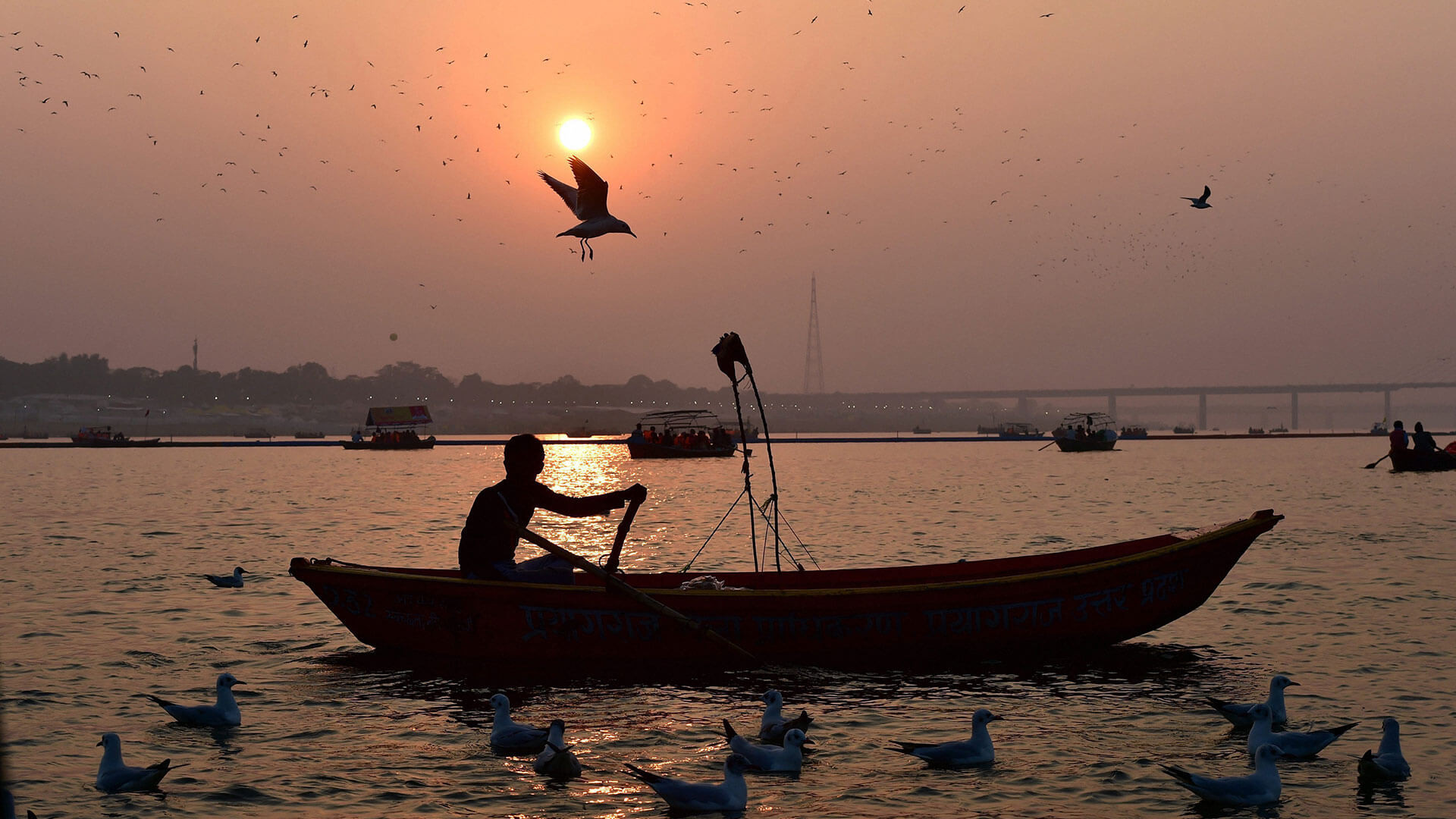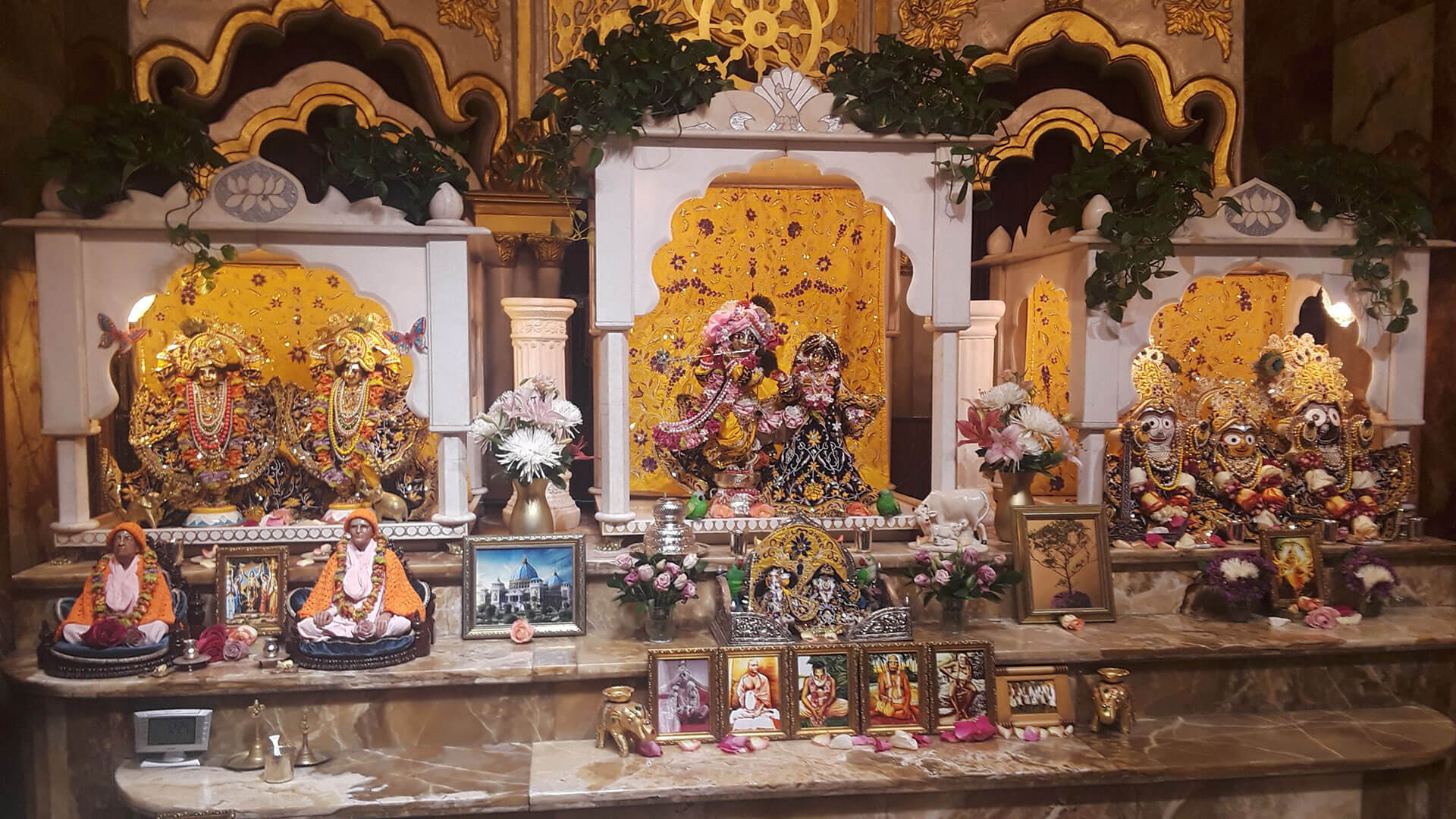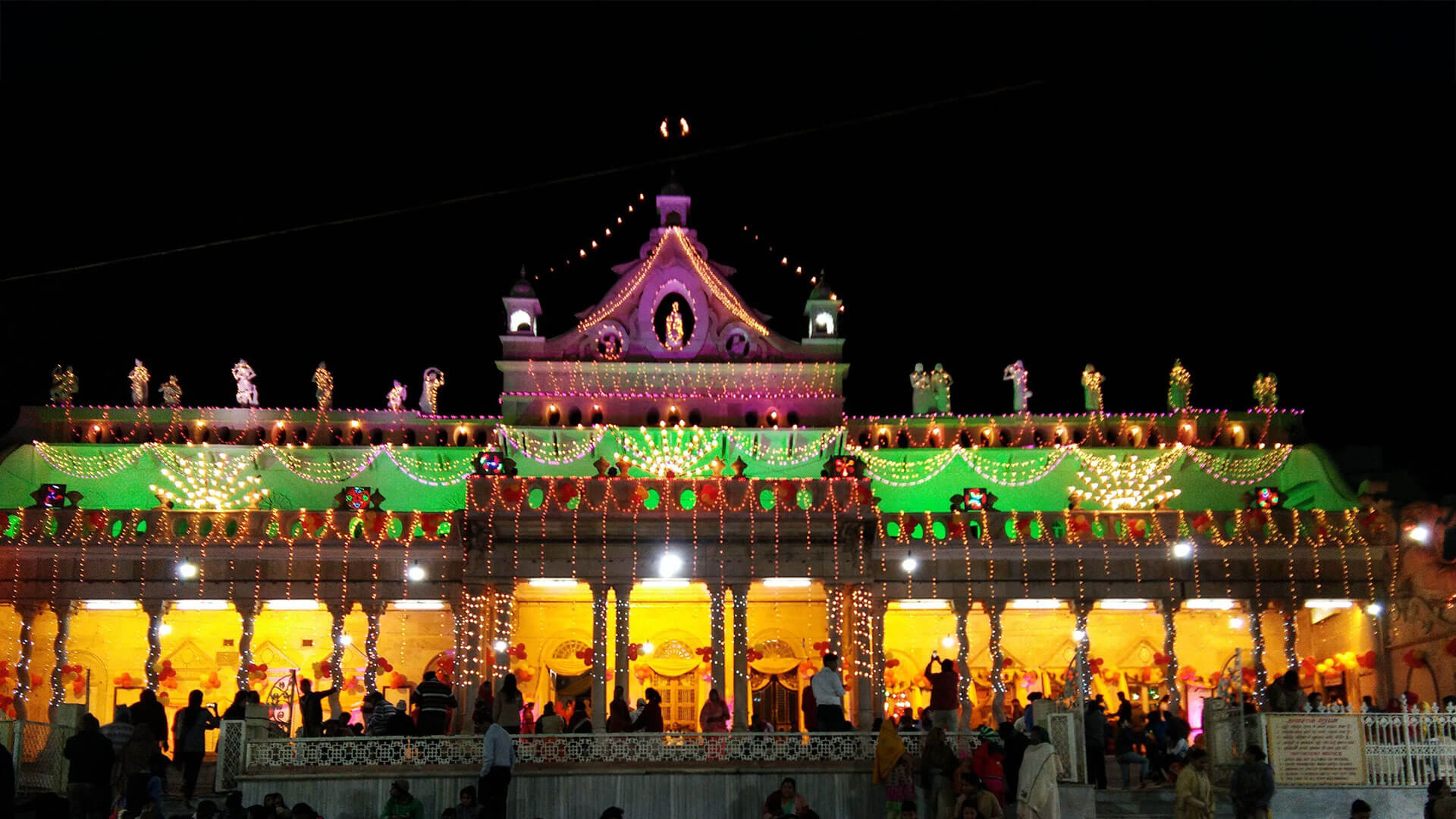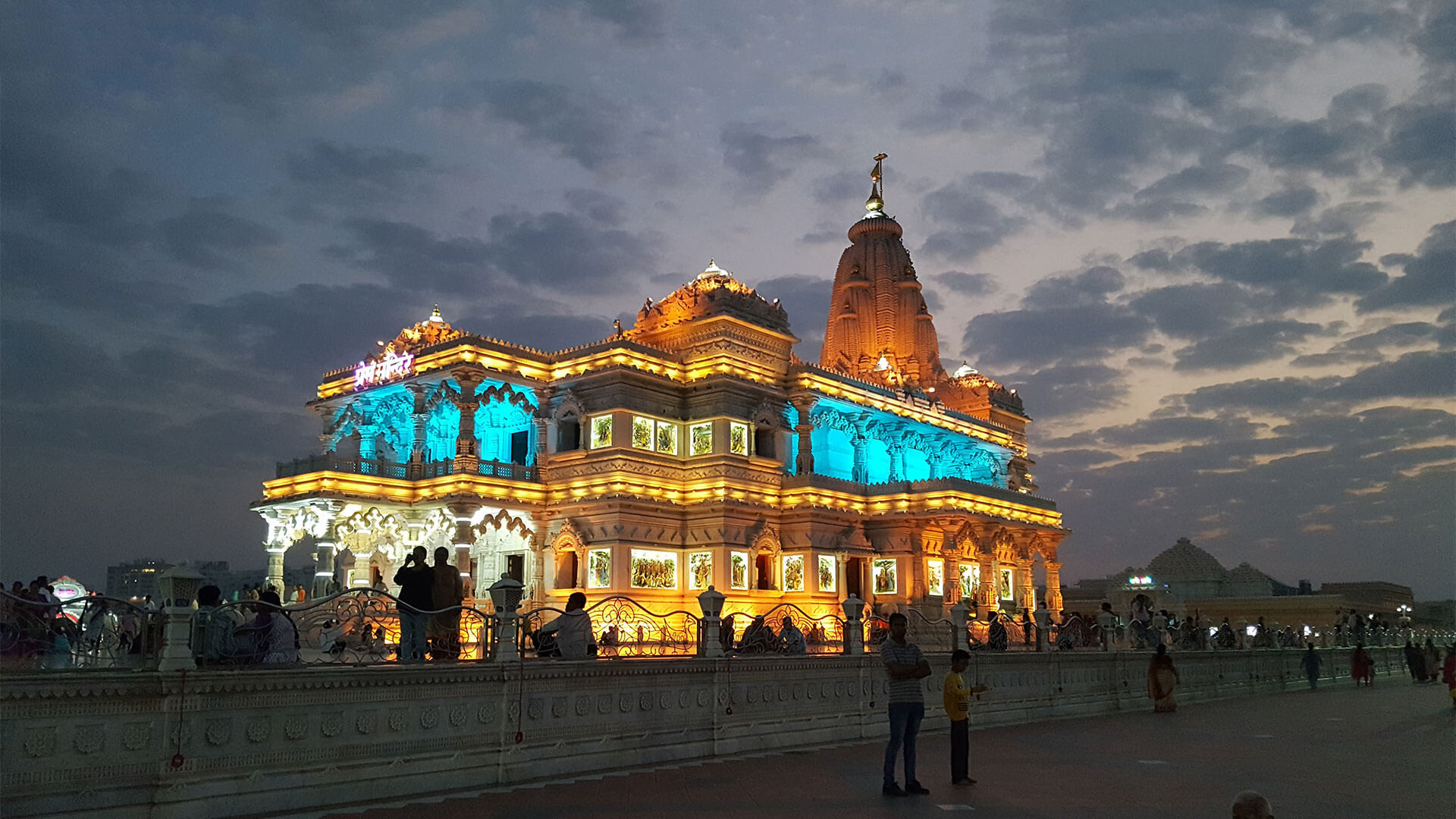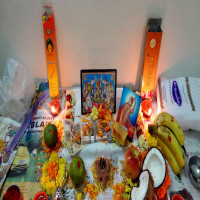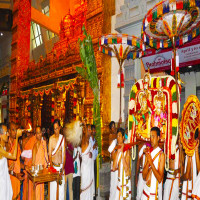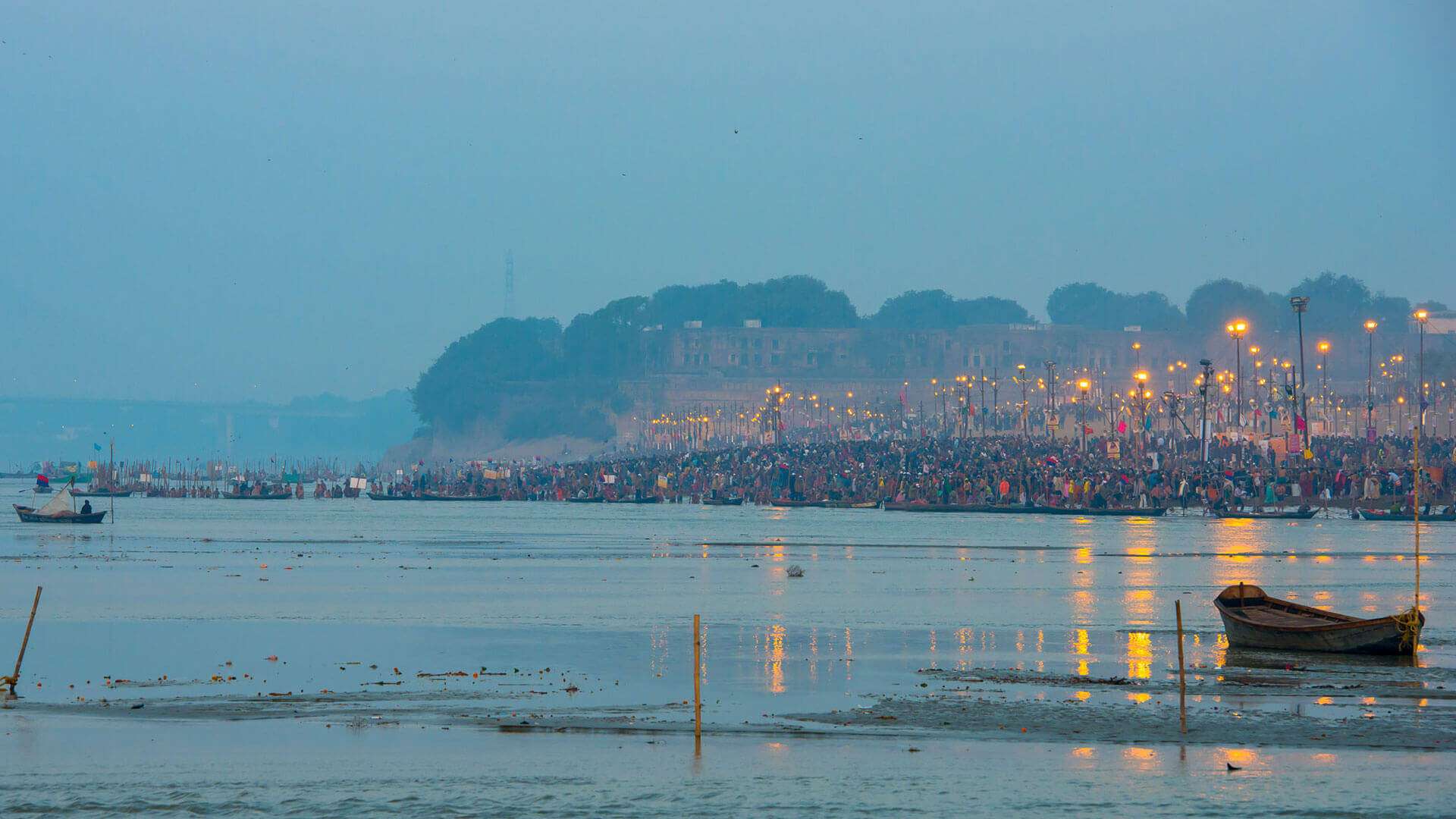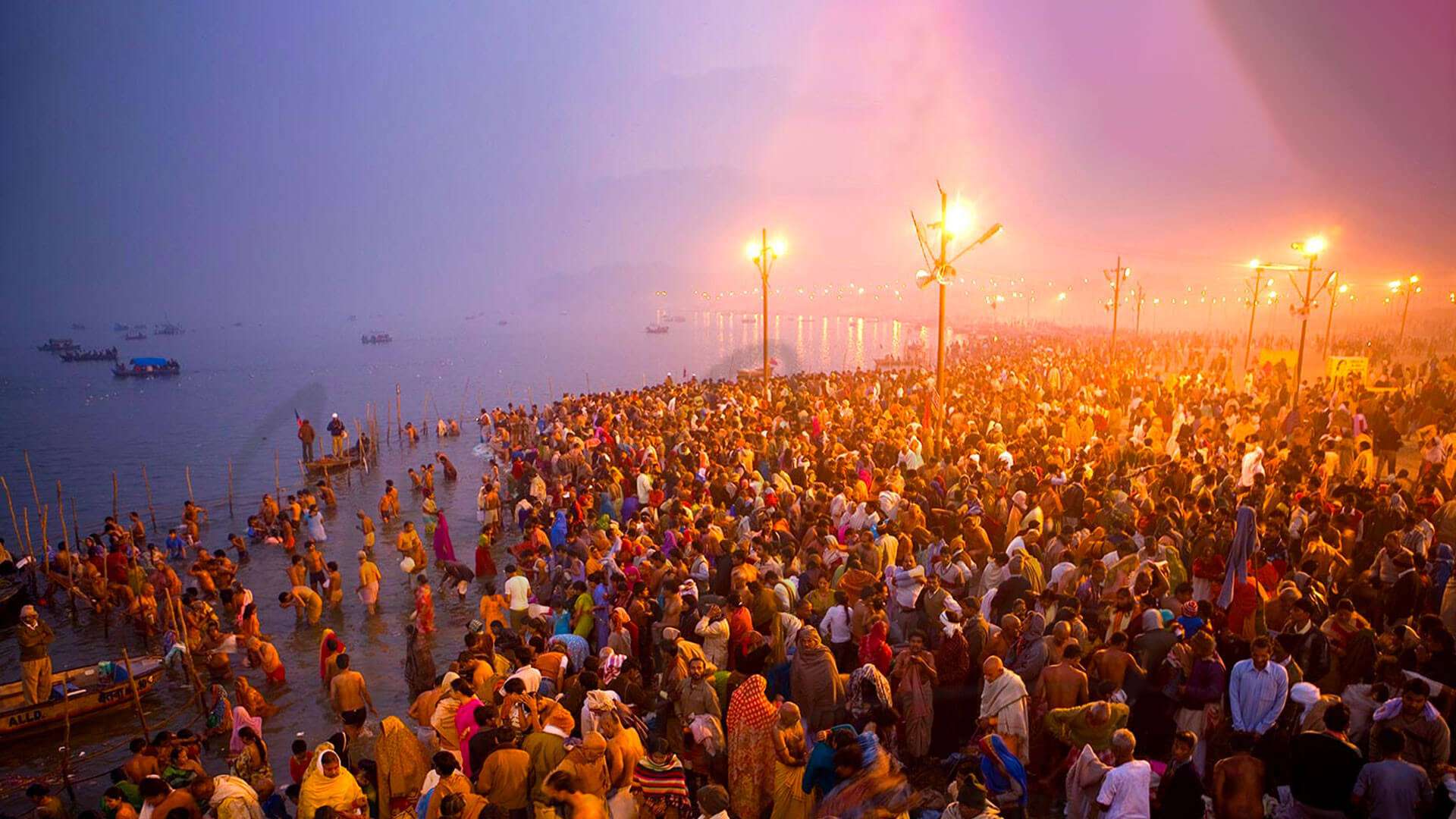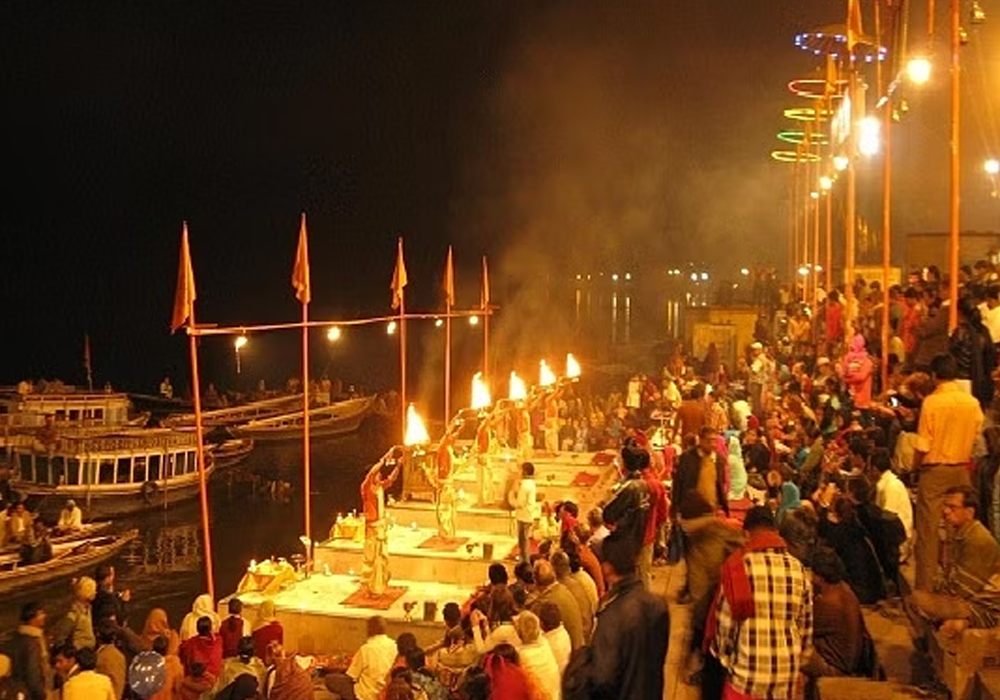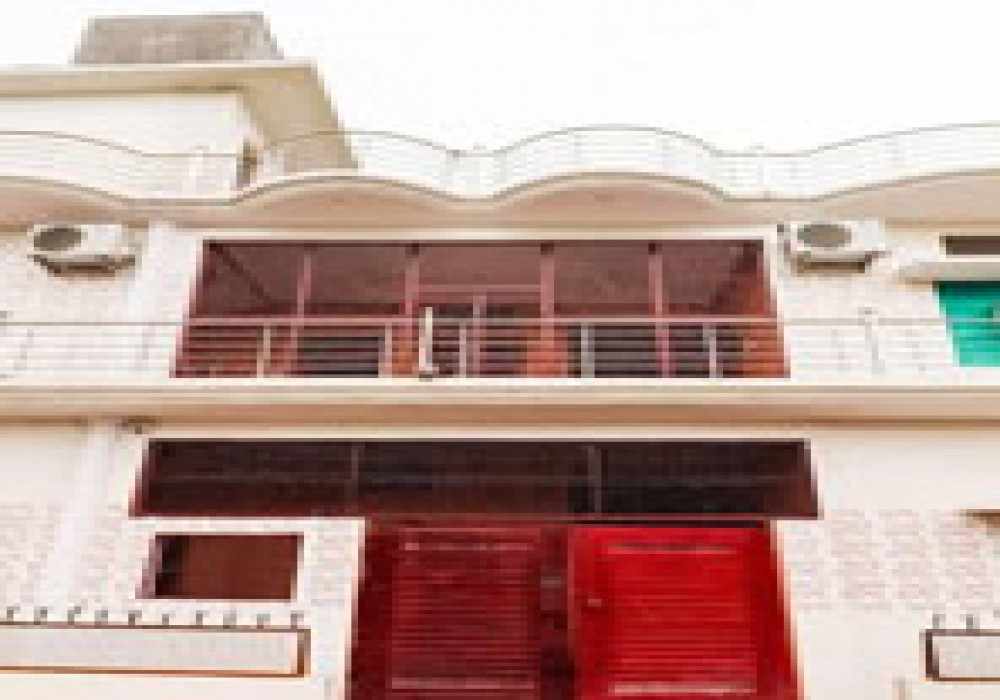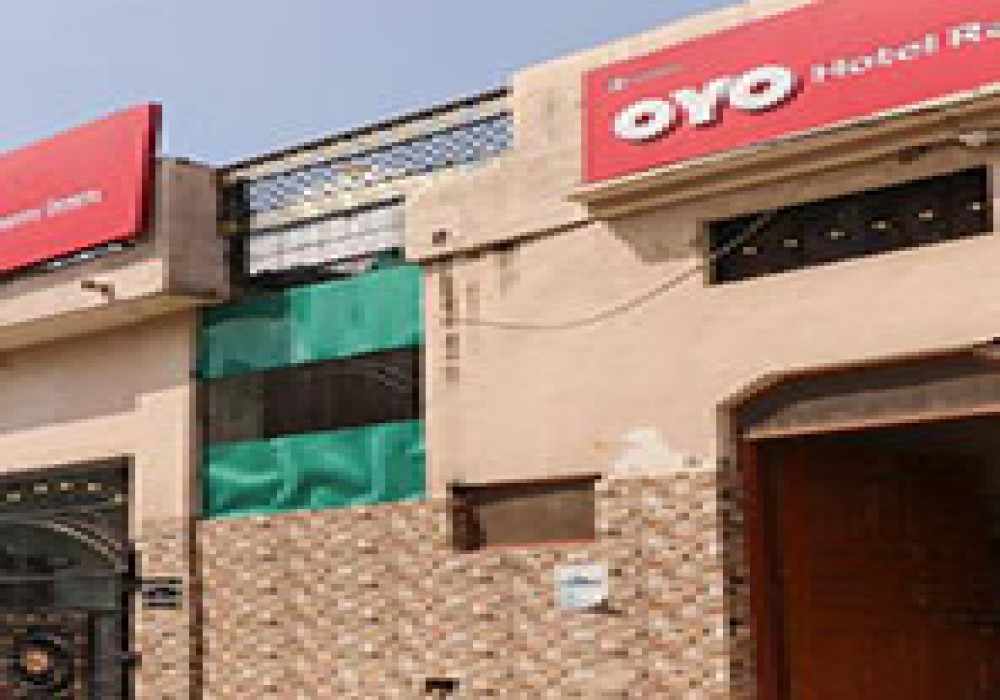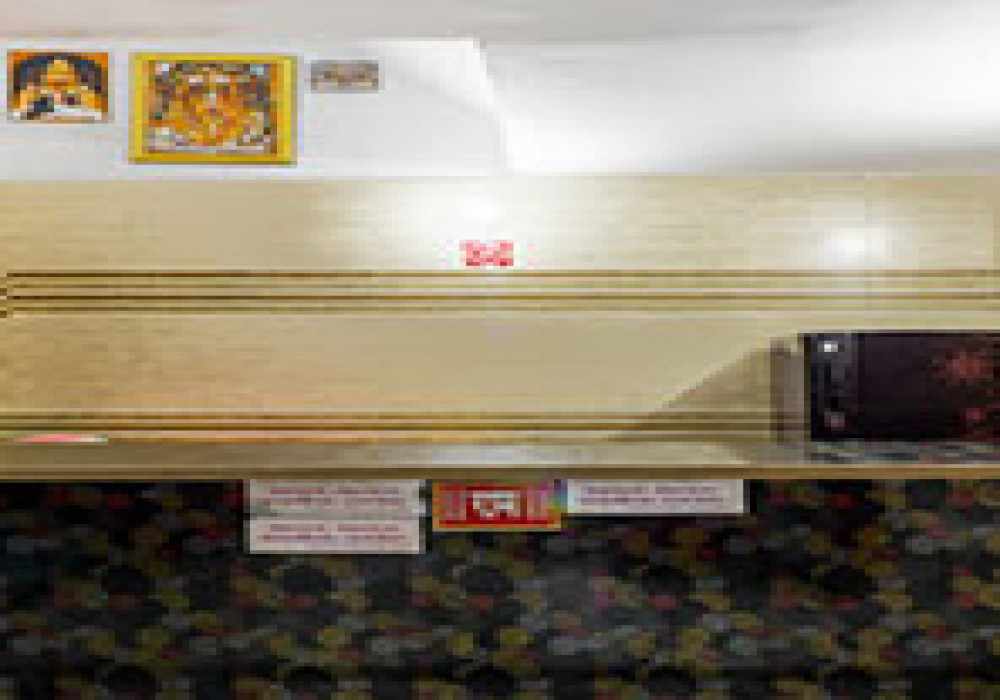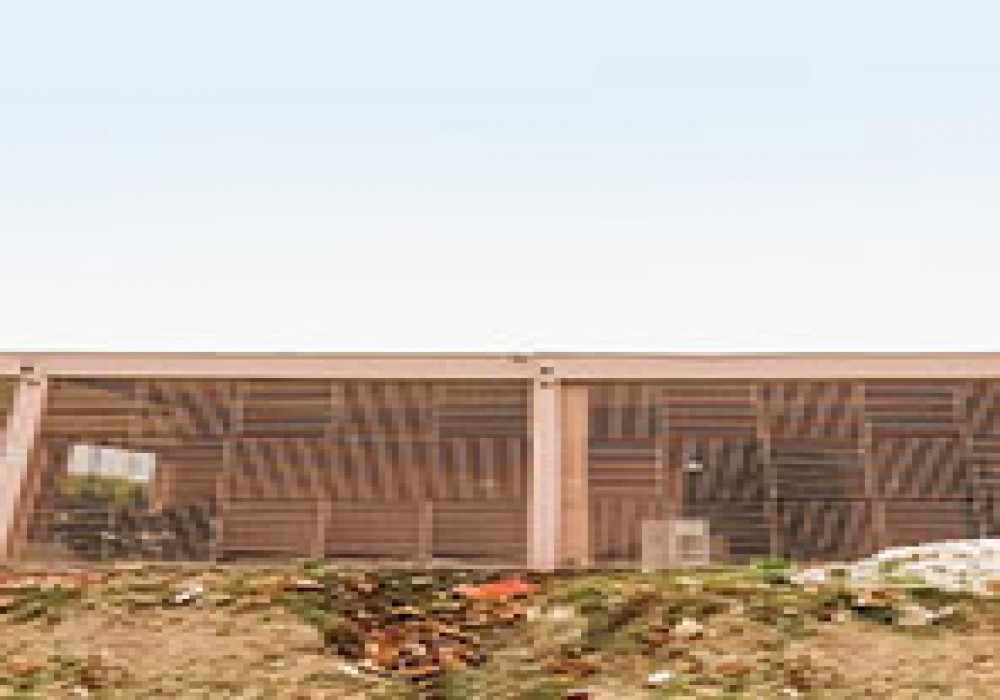Ayodhya, also known as the birthplace of Lord Rama, has various significant places and temples to visit. One such place is Ram Ki Paidi.
It is a series of sacred ghats (used as bathing ghats) located on River Sarayu's banks. The word Paidi means "steps" leading to the Sarayu River. If we talk of Ram ki Paidi's significance historically and mythologically, it is beyond faith due to its connectedness to Ayodhya. The peaceful atmosphere and the night view are stunning here. Moreover, the pilgrims can take a holy dip in the water of the Sarayu River and enjoy the soothing aura around them.
Historical Background of Ram Ki Paidi
Ram ki Paidi was founded in 1984 near Nayaghat on the banks of the Sarayu River in Ayodhya, Uttar Pradesh. Furthermore, in the early 1980s, some of the ghats were destroyed due to heavy torrential rains and flooding. However, these ghats were rebuilt in 1985 with the then government's efforts.
Best Time to Visit Ram Ki Paidi
Seeing the weather and festivities, the best time to visit Ram Ki Paidi is between October and December (especially Diwali night). You can also visit this place around Ram Navami (the time of Lord Rama) in Chaitra (March - April). During this time, pilgrims globally visit in huge numbers to pay obeisance to Lord Rama.
P.S. Do not miss the evening Arti at Ram Ki Paidi around 5:00-6:00 P.M. (it changes seasonally) to experience the place's true grandeur and spiritual vibe.
Ram Ki Paidi Architecture
The fusion of different styles and traditions in Ram Ki Paidi architecture represents India's cultural diversity and harmony. Furthermore, the white marble and red sandstone reflect the influence of the Mughal, Rajput, and British styles. But as per sources, the future renovations and reconstructions are to be inspired by the elements of Dravidian temple architecture.
Ram Ki Paidi Nearby Attractions
After visiting Ram Ki Paidi, you can explore the nearby attractions to enrich your knowledge and experience of Ayodhya and Lord Rama. Some famous shrines to visit are:
1. Ram Janmabhoomi Temple
The Lord Rama's birthplace, a.k.a Ayodhya Ram Mandir, is one of the most revered Hindu places in Ayodhya. Recently, the consecration ceremony of this temple was held on 22 January 2024, and the temple construction will be completed soon.
2. Shri Hanuman Garhi Mandir
The Siddha Peeth Shri Hanuman Garhi is dedicated to Lord Hanuman. This temple is located on a small hill in the centre of Ayodhya. Vikramaditya constructed this temple, which is 1 km away from Ayodhya railway station.
3. Guptar Ghat
This is another sacred ghat on the banks of the Sarayu River in Ayodhya. Legend has it that Lord Rama took his last dip (jal samadhi) at this place before leaving the earth and going to his original abode, "Vaikunta."
4. Nageshwar Nath Temple
This is one of the oldest temples in Ayodhya. It's the abode of one of the 12 Jyotirlingas of Lord Shiva. Kush, the son of Lord Rama, built the shrine. It is said that Kush erected this temple for Naga-Kanya ( a staunch devotee of Lord Shiva who fell in love with Kush).
Stories Related to Ram Ki Paidi
No visit to Ram Ki Paidi is complete without listening to the stories and legends related to it. It is primarily believed that Lord Rama used to go through this Paidi to take a bath in the holy Sarayu River.
Moreover, Ram Ki Paidi is said to be a place where all the tirthas (sacred places) come to take baths daily, cleansing water with their holy presence. Once Laxshmana expressed his desire to visit all the pilgrimage sites, lord Rama declared you need not go anywhere. He said that anyone who bathed at this place in the river before sunrise would receive the same virtue by default as visiting all the pilgrimage sites.
Hence, taking a bath on a full moon here is considered auspicious, leading to the cleansing of the soul.
How to Reach Ram Ki Paidi?
Now, let’s talk about the different ways to reach Ram ki Paidi, depending on your mode of transportation:
- By Air. Ram Ki Paidi is nearest to the Maharishi Valmiki International Airport from Ayodhya city. You can easily hire a taxi or board a bus from the airport to Ayodhya.
- By Train. Faizabad and Ayodhya are two major railways in the district, which are well-connected to major cities and towns. You can travel via rickshaw or a taxi from the railway station to Ram Ki Paidi.
- By Road. Ayodhya city has well-connected roads with all the other major cities in Uttar Pradesh. You can take the services of Uttar Pradesh Transport Corporation buses to reach your destination.
If your body craves a holy dip in the Sarayu River, pack your bags and be ready to leave! We at Adotrip take care of every travel need, including Flights, Hotels, Tour Packages, VISA assistance, and travel insurance.
With us, nothing is far!
Frequently Asked Questions About Ram Ki Paidi
Q1. What is the significance of Ram Ki Paidi in Ayodhya?
A1. The significance of Ram Ki Paidi is that you can take a holy dip in the river, and all your sins will be washed away.
Q2. How can I reach Ram Ki Paidi in Ayodhya?
A2. It is easier to reach Ram ki Paidi as there is proper road, rail, and airways connectivity.
Q3. Are there any rituals or ceremonies performed at Ram Ki Paidi?
A3. Yes, several rituals and ceremonies are performed on Ram Ki Paidi on several occasions. However, you must participate in the evening Aarti from 5 to 6 p.m. to witness the real grandeur and vibe.
Q4. Is there any historical background associated with Ram Ki Paidi?
A4. Ram ki Paidi was discovered in 1984. The remaining ghats were reconstructed and renovated with the government's efforts in 1985.
Q5. What are the visiting hours and entry restrictions at Ram Ki Paidi?
A5. There are no fixed times to visit Ram ki Paidi as it is open 24 hours, and there are no restrictions.
